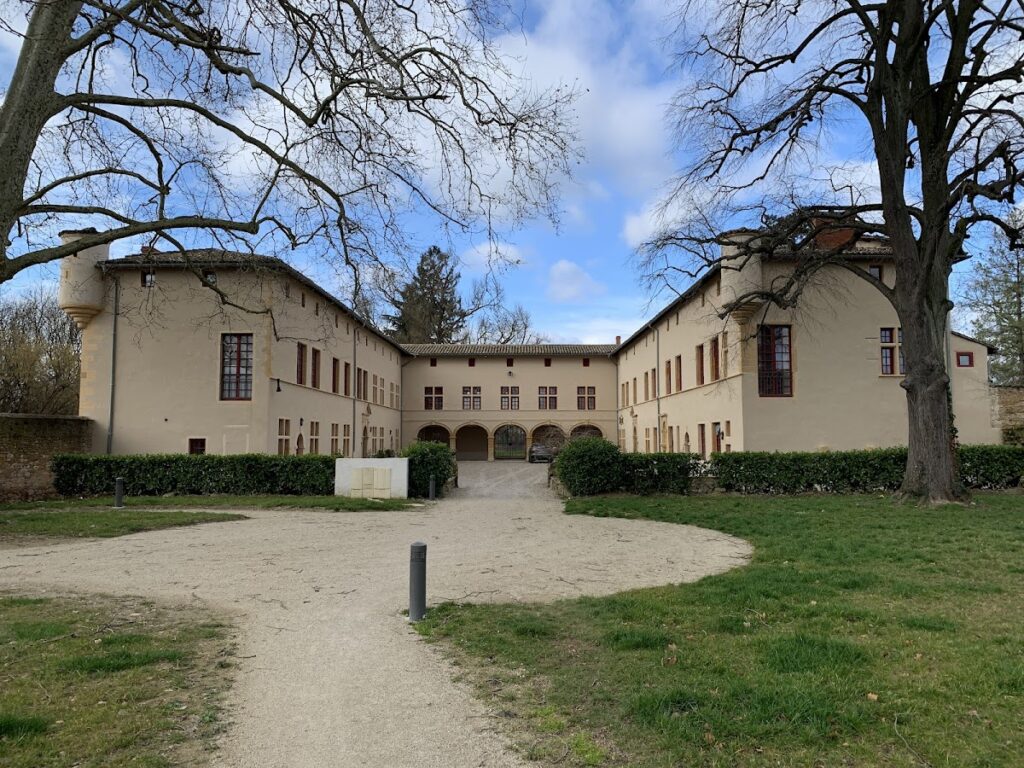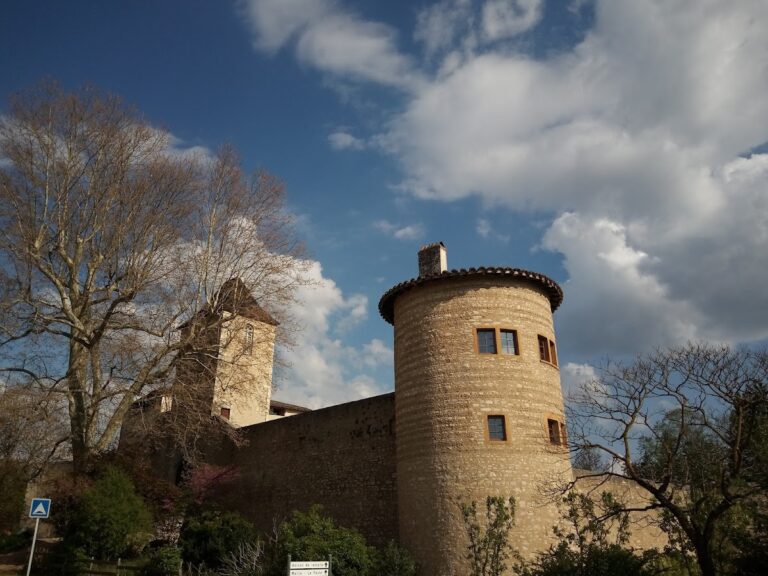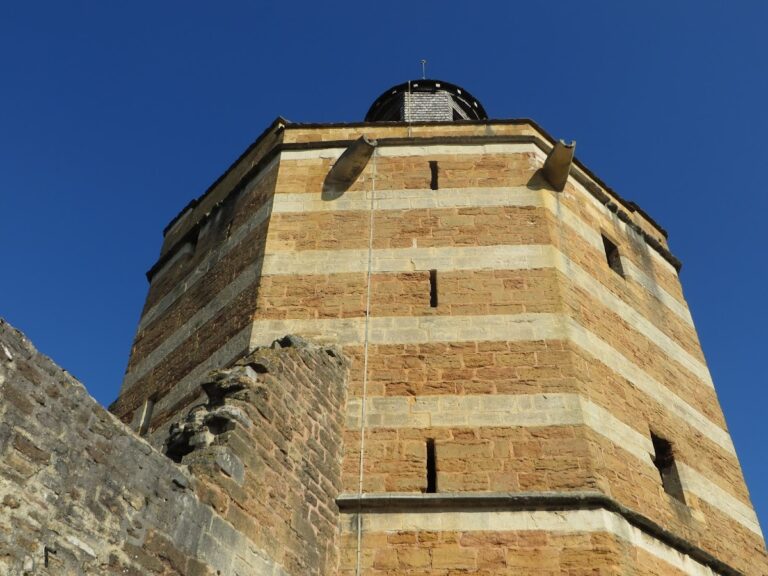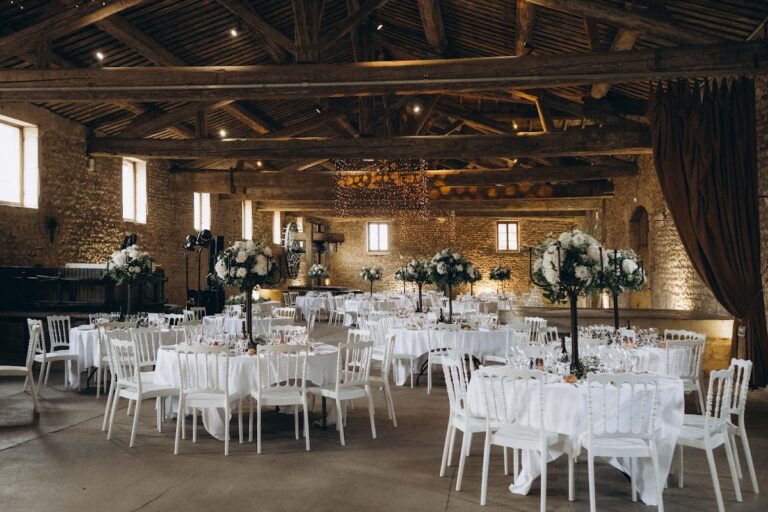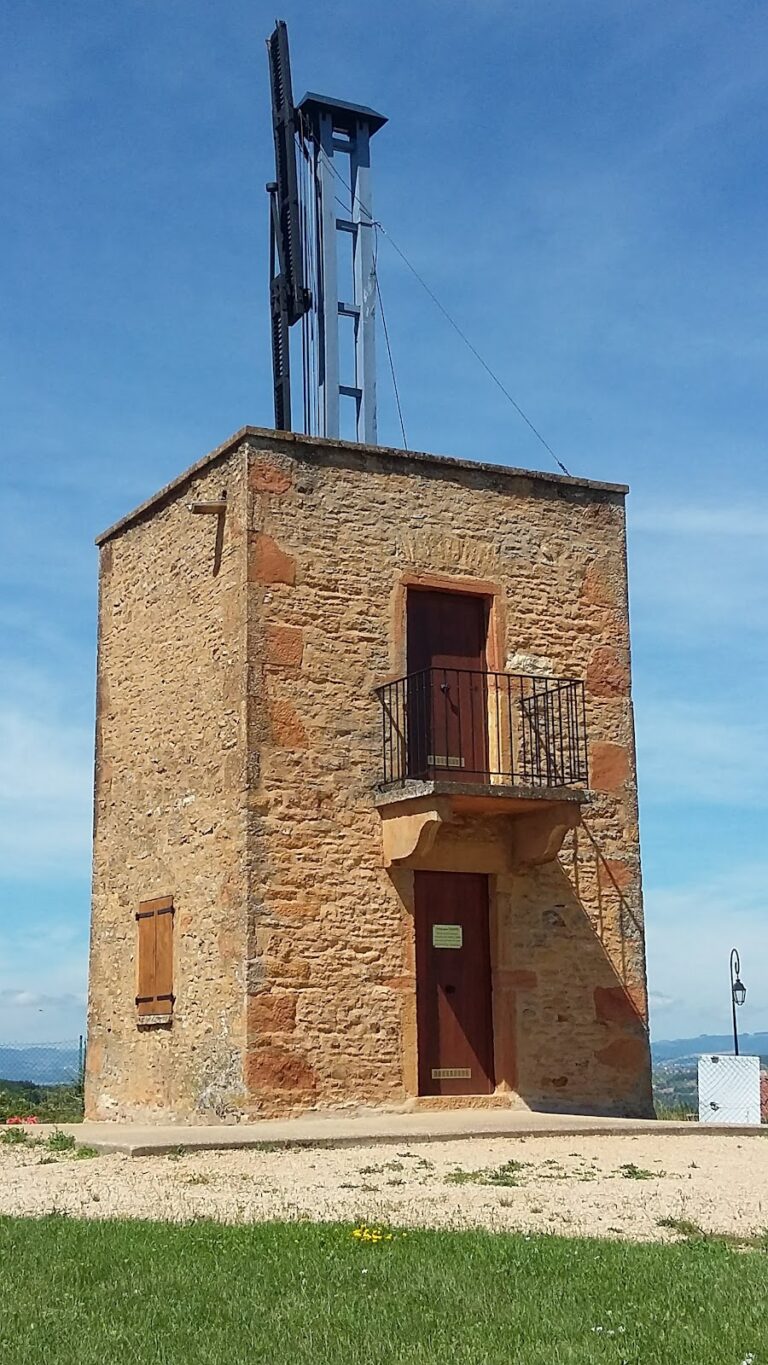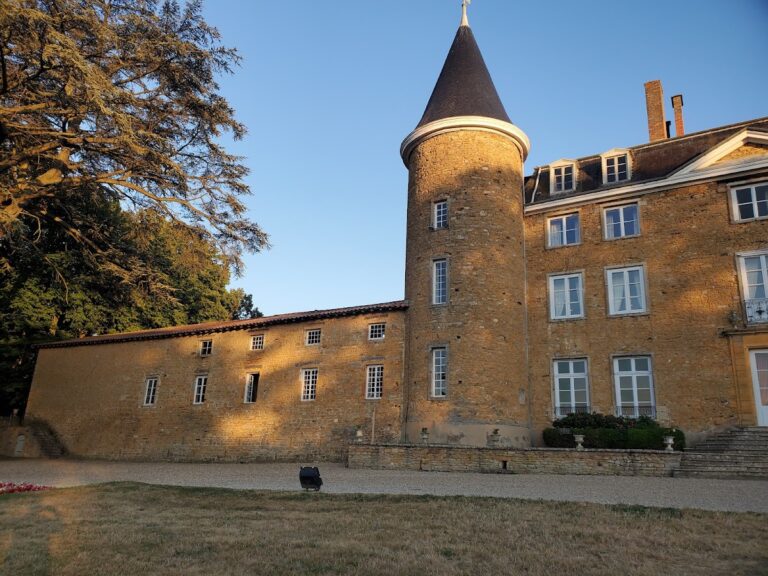Château de Fétan: A Fortified Noble Residence in Trévoux, France
Visitor Information
Google Rating: 4.7
Popularity: Very Low
Google Maps: View on Google Maps
Country: France
Civilization: Unclassified
Remains: Military
History
The Château de Fétan is located in the commune of Trévoux, in modern-day France. It was constructed and developed within the cultural context of French nobility during the late medieval and early modern periods.
Before 1580, the site already featured a fortified house, indicating its role as a defensive residence. In that year, Jean Thévenon, who held the titles lord of Tavernost and lieutenant general at the bailliage of Dombes—a regional administrative division—acquired the estate. This transfer marked the beginning of recorded noble ownership, which reflects the estate’s significance within the governing structures of the time.
Just five years later, in 1585, the property was sold to Antoine Jacquet. Some years following his acquisition, in 1601, the estate was elevated to a fiefdom by Henri de Bourbon-Montpensier, the sovereign of the Dombes territory. As a fief, the estate entailed specific feudal duties: its successive lords were required to render homage and pay a symbolic tribute of golden spurs each time the fief changed hands, underscoring the chateau’s integration into feudal hierarchies and obligations.
The property continued to change hands among notable families and individuals over the next century. In 1644, André Bouilloud took ownership, followed in 1659 by Pierre Perrachon, who managed it on behalf of César Beraud. Through marriage, the estate then passed to the Thélis de Valorge family and later to Louis de Letouf, marquis de Pradines. The marquis documented the château extensively in the years 1732 and 1744, providing important historical records on its status during the early 18th century.
By 1777, the Trollier family acquired the château, maintaining possession at least through 1789, the year marking the beginning of significant social upheaval in France. This continuous lineage of ownership by aristocratic families reflects the château’s sustained role as a noble residence and feudal estate across the 16th to 18th centuries.
A prominent feature of the château was constructed in 1622, evident by an inscription found under the corbel of a small watchtower turret. This inscription marks the period when the château underwent significant rebuilding or renovation, resulting in the fortified house seen today. The new structure embodied the defensive and residential functions favored in early 17th-century French noble architecture.
Throughout its history, Château de Fétan has reflected the social and political affiliations of regional nobility, as well as the feudal customs upheld under the sovereign dominion of the Dombes. In the 20th century, recognition of its historical importance led to the château’s partial listing as a historic monument in 1973, ensuring its preservation as a cultural heritage site.
Remains
The Château de Fétan stands as a fortified residence, known in French as a “maison forte,” rebuilt in the early 17th century. The existing structure dates to 1622, as documented by an engraved date below the corbel of a projecting watch turret, also called an échauguette. This small turret extends from the building’s corner and was traditionally used as a vantage point for observation, integrating defensive functionality into the château’s design.
The construction reflects 17th-century building practices for fortified houses, though specific information about materials or detailed layout remains limited. The watch turret’s corbel—the supporting stone bracket beneath the turret—bears the date inscription, signaling the time of construction or renovation and suggesting the care taken to mark significant building efforts.
The château’s classification as a historic monument underscores its architectural value and the state of preservation of certain parts of the building. However, detailed descriptions of decorative features, interior spaces, or other structural elements are not documented in the sources.
Despite changes of ownership and the passage of centuries, key components such as the watch turret remain in situ, preserving elements of the château’s defensive character. This feature exemplifies how fortified houses of the period blended residential comfort with protective measures suitable to the local sociopolitical climate.
Situated within Trévoux in eastern France, the château’s remains stand as a testament to noble estate architecture from the early modern period. The engraving on the turret provides a tangible connection to the year 1622, allowing the structure to communicate its historical origins directly through its stonework.
